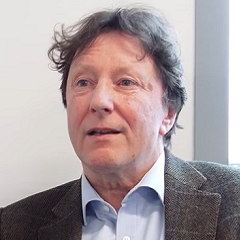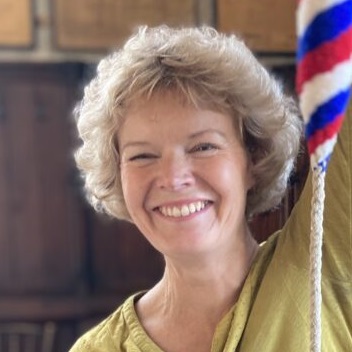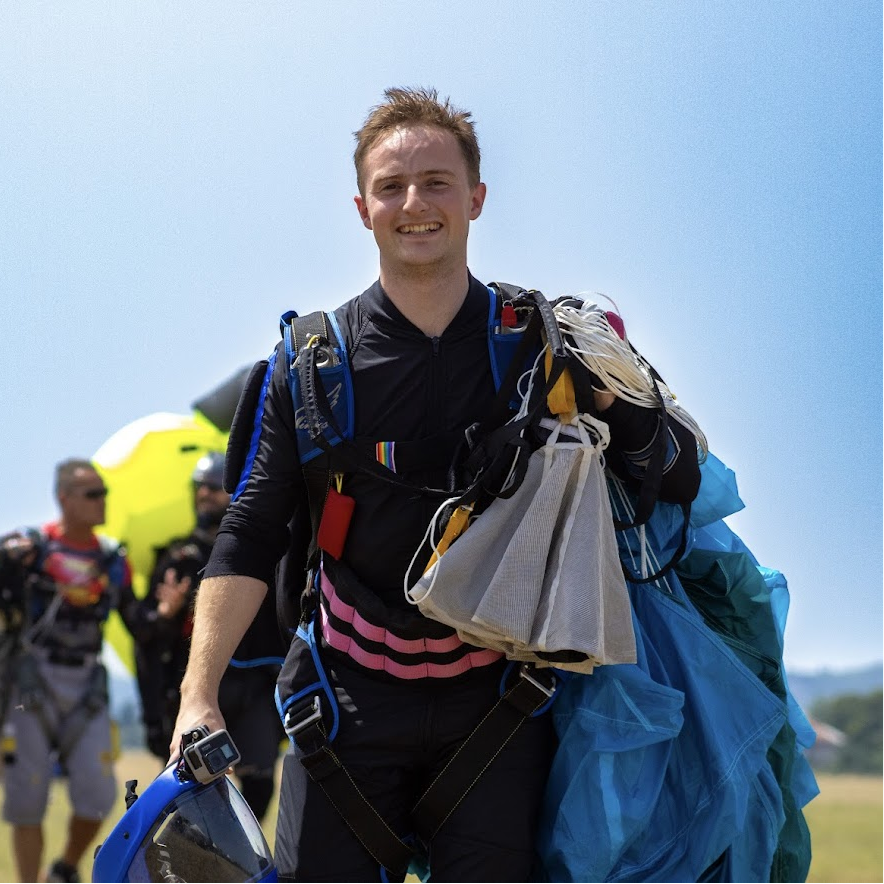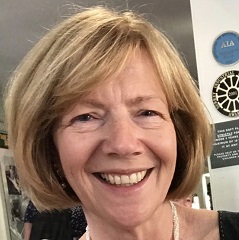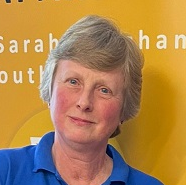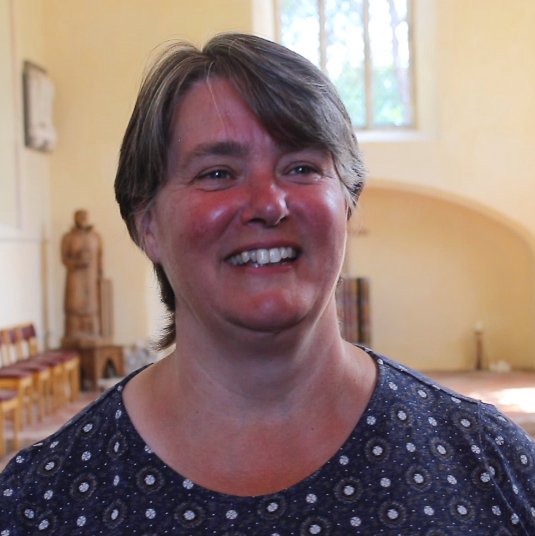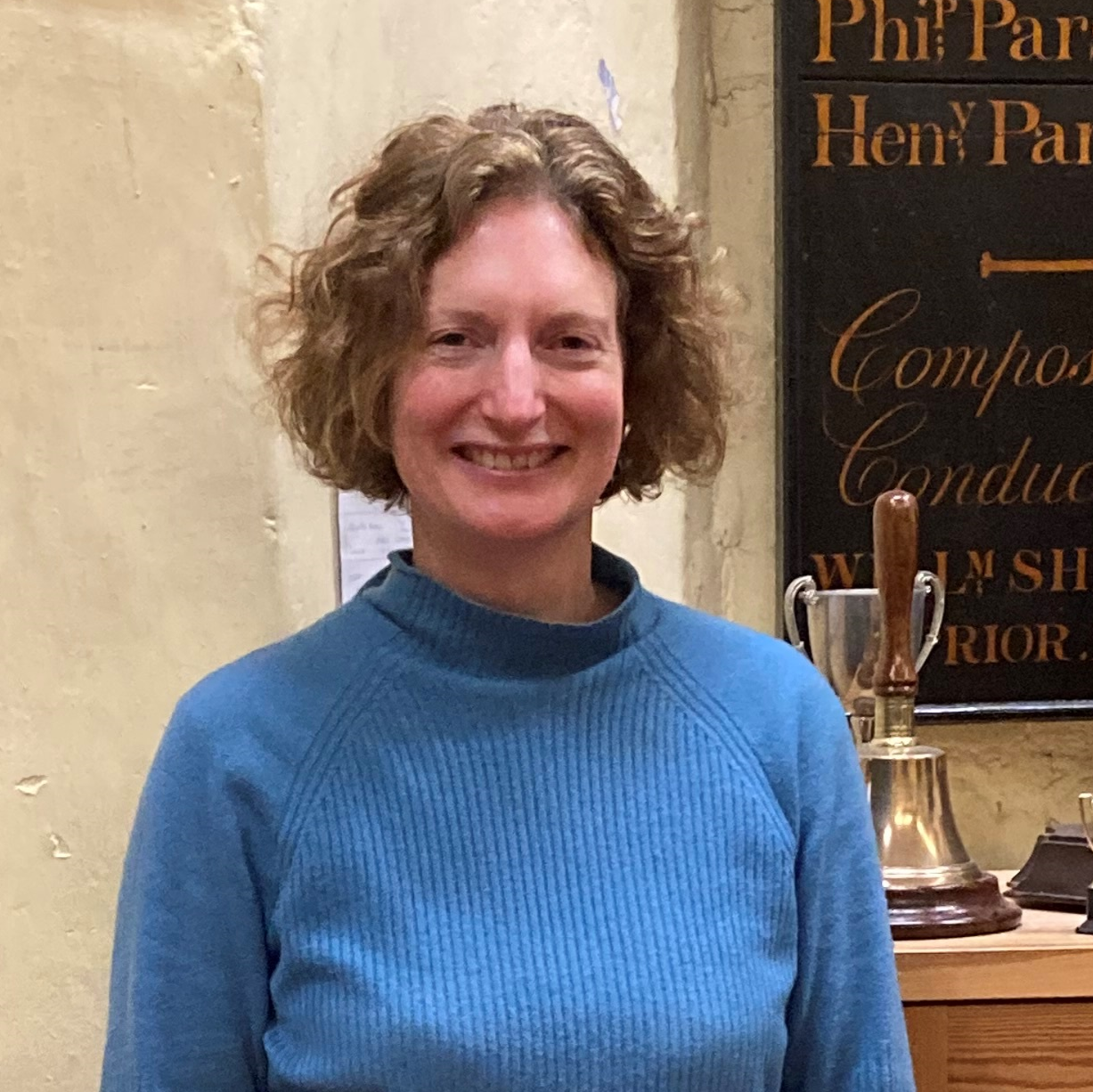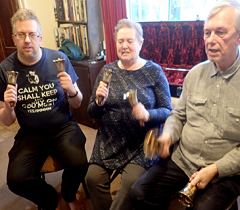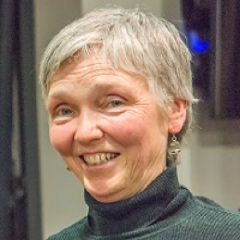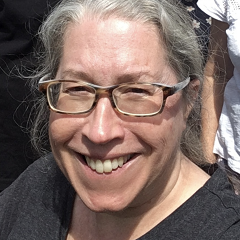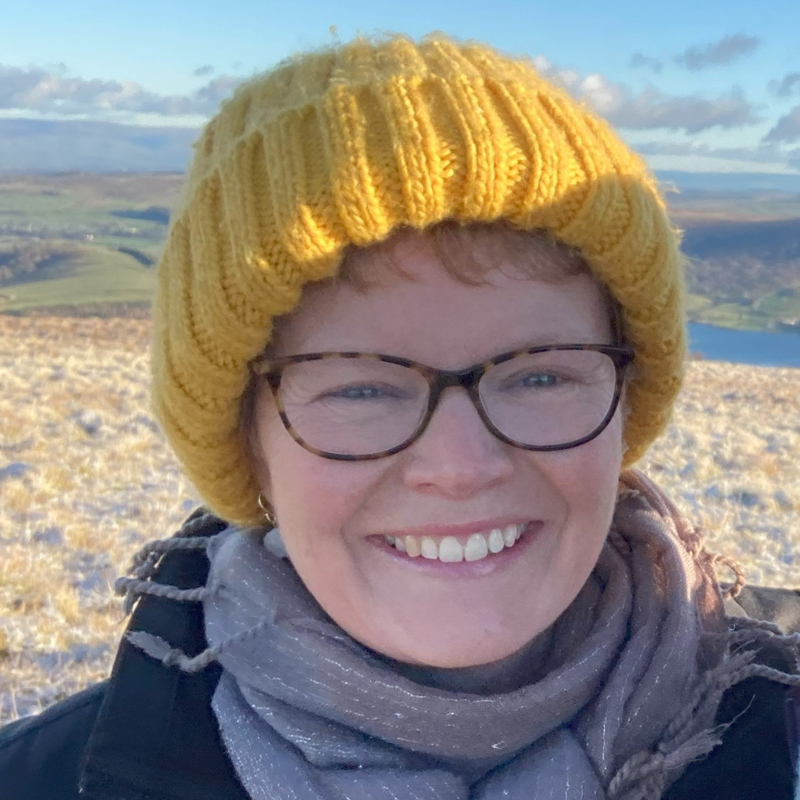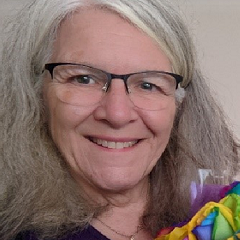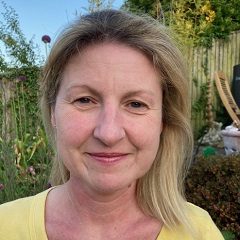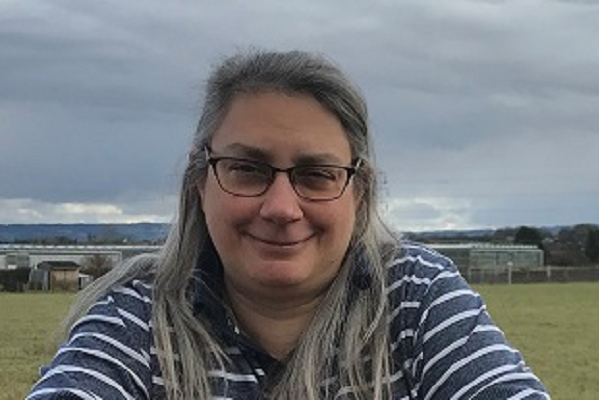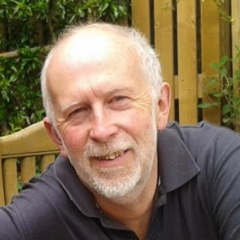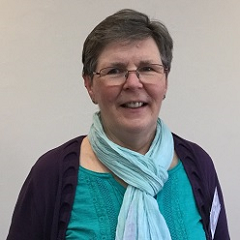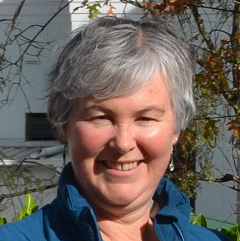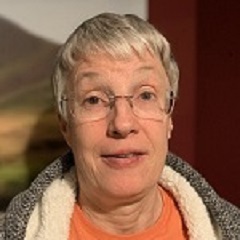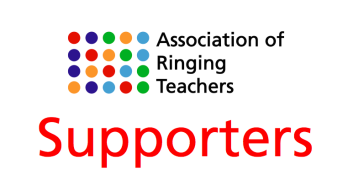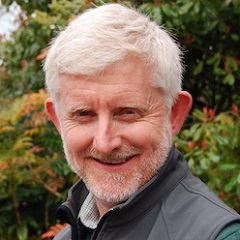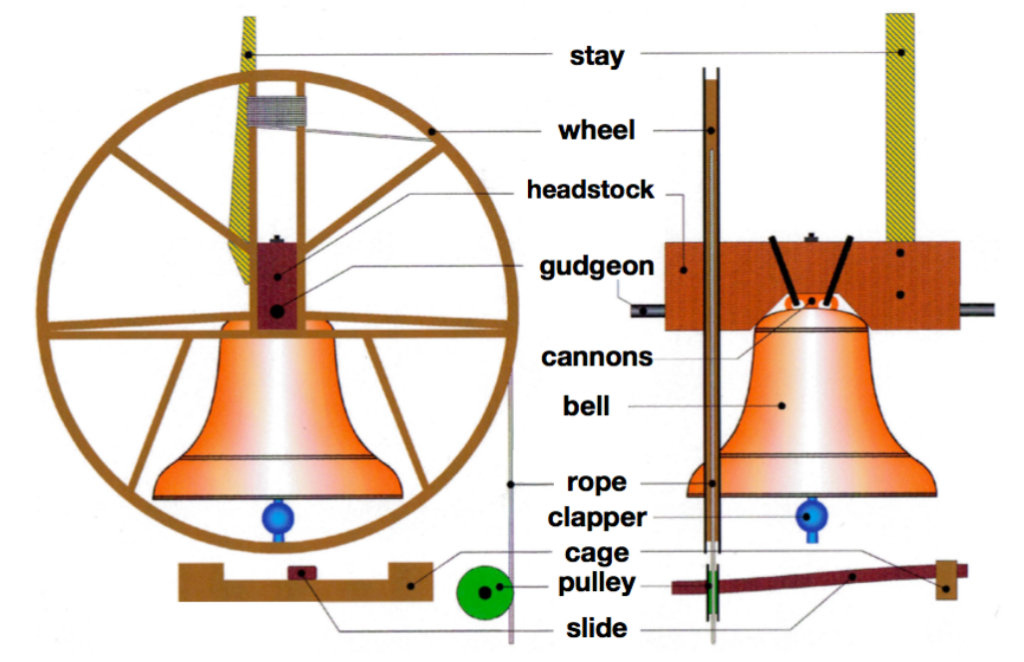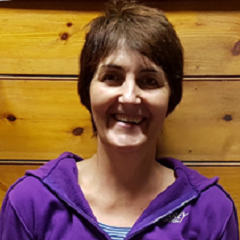I was very excited after first responding to a local Facebook post offering ringing lessons. Not only would I get ring bells, I would also be contributing to celebrating the coronation of a monarch. How amazing is that! I was taught by 3 excellent teachers over a few weeks, and realised quickly that ringing is much more complex than ‘just pulling a rope’ and it takes months to do the basics well enough. But I was hooked and I rang as often as I could. This along with having a strong band has helped me make consistent progress and become a competent ringer that contributes to our band. One of the ways that I want to give back to the ringing community is to support the training of new ringers and I was lucky enough to attend a course to help me do just that. Along with Roger Booth who arranged the course, we had 3 other members of the local band attend. There were a total of 11 attendees and all wanted to develop their teaching to support and improve their bands. Going in, there was some anxiety from several of us about managing the rope when things go wrong. Yet by the end of the day we all agreed that the techniques taught were incredibly helpful and eased our concerns.
My key take away from the day is there are 2 core parts to teaching ringing. Firstly the hand stroke (pulling the fluffy part of the rope) and secondly the back stroke (arms stretched up and pulling the end of the rope back down. All good and bad habits are arranged around those 2 movements. We focused on techniques to avoid incidents that can spook a new ringer and ways to build up the multiple small habits needed to be a good ringer. We learned what ‘mines’ we could be laying which will lead to future issues and ways to address the many incorrect ways there are to ring a bell. Our instructors were very supportive, knowledgeable and engaging. They helped us practice each of these methods to help give a feel for the technique setting us up for success. However, the next steps in the learning journey relies on us as we need to keep practicing ourselves so what we learned also becomes muscle memory. This will ensure that we are ready to support as and when learners join us. Some of us have already connected and we look forward to developing together.



